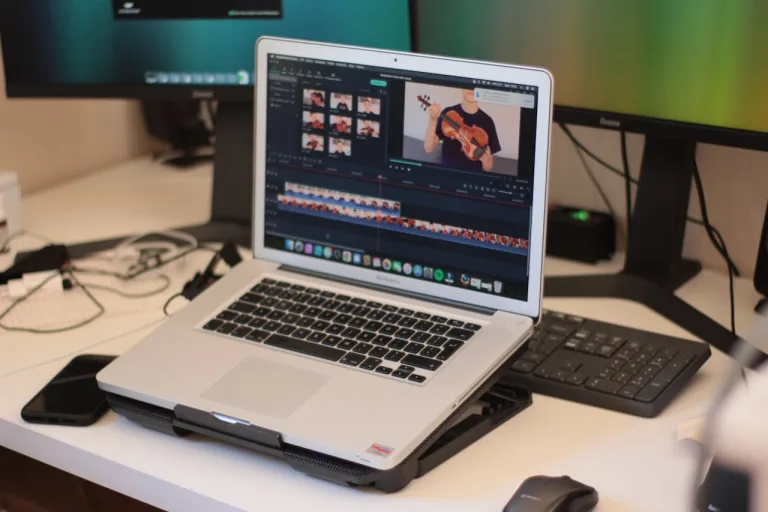What It Means to Compare Crypto
In essence, when one compares crypto, they put two or more digital assets next to each other—looking into their metrics, price action, tokenomics, and performance—to determine which one stands stronger or has more promise. The intention is to get away from being just a feeling and look and see how various projects stack up against each other on real data versus hype.
Why You Should Compare Crypto Before Investing
Emotions cost huge when it comes to investing; the next flashy token with so much hype can be quite appealing. But comparing cryptocurrencies brings feelings down and forces you to confront the fundamentals of supply, adoption, liquidity, and developer activity. It allows capital thrust to be prioritized—choose a few with better risk/reward expectancies. Relative comparison unveils whether a newer or lower-cap token has greater upside potential compared to an established one.
Key Metrics You Use When You Compare Crypto
Price behavior and volatility: the degree of movement of the token in short time periods. Market cap and fully diluted valuation: What scale is it valued at presently, and what can it be valued at in the future? Circulating vs. total supply: how much is already on the market, while the rest is locked or reserved. Tokenomics & emission schedule: inflation, unlocks, vesting. Developer activity: commits, releases, and updates. Community & liquidity: user activity, trading volume, and project visibility.
How to Build a Smart Compare Crypto Analysis
Choose a reasonable peer group: Comparing one crypto with one in the same niche or use case will offer some context rather than comparing apples to oranges. Select core metrics that one trusts (market cap, liquidity, supply models). Use scenario tools to simulate what each token’s price may look like if it scaled (i.e., it matched the market cap of a top token). Adjust for unlock schedules or supply inflation in the comparisons so that one does not overestimate one side. By using trend charts or historical data, see which token sustained performance over spikes.
Role of Tools Like CryptoCalculator Space in Comparing Crypto Tasks
Cryptocalculator Space’s calculators will allow you to quantify assumptions and scenario outputs that you will consider when comparing cryptos. For example, you can enter supply and target market caps to find the implied price or run profit/loss models for different price assumptions. When you compare cryptos, the output from Cryptocalculator Space’s calculators serves as the basis for your decision on which token has a more realistic upside.
Example of Comparing Crypto Using Calculator Outputs
Compare Token Alpha with Token Beta: Token Alpha, having 200 million tokens and trading at $0.50, has an unusual $100 million market cap. Token Beta has some 50 million tokens, trading at $2.00 each, while its market cap is also $100 million. Using Cryptocalculator Space, you model the price that Alpha would have if it reached Beta’s market cap multiplier; similarly, Beta’s price if it matched a higher market cap. Then compare which token would yield a better return given realistic assumptions on tokenomics and risks.
Strengths & Limitations of Compare Crypto
Strengths: It brings discipline to choices; it makes you understand leverage and downsides; and it prevents you from blindly chasing hype.
Limitations: It may at times have the wrong data on supply and price; it does not measure ratings shifts; it remains blind to black swan events; and it sometimes fails to measure contract risk or hidden tokenomics.
How To Should Best Be When You Compare Crypto
Always use fresh, up-to-date, and verified data instead of stale or incorrect information on supply numbers. Normalize the metrics (e.g., per token, per 1 million units). Use multiple scenarios—conservative, baseline, or aggressive—rather than a single model. Check the token unlocks or emission curve to understand how future supplies affect your comparison. Do not forget qualitative aspects—team, roadmap, partnerships, and security.
How Does Crypto SERVICE Fit into Your Investment Workflow?
So in ideation, list tokens you are considering. Compare them to rationalize and narrow down your list. Use calculator scenario outputs (e.g., from Cryptocalculator Space) to simulate price targets. After selection: monitor performance and revisit the comparison as conditions change. Use compare crypto outputs to help put exit targets or stop losses.
Conclusion: Why Comparing Crypto Matters
In these volatile digital markets, arbitrary token picking is dangerous. Doing a proper crypto conversion exercise (quantitative and qualitative) transforms random bets into reasoned choices. A tool such as Cryptocalculator Space does so through scenario modeling and numeric outputs to back up your choices. If you are consistently comparing crypto before depositing your funds, you diminish the chance of emotion-based errors and increase the probability of backing winners instead of hype.






